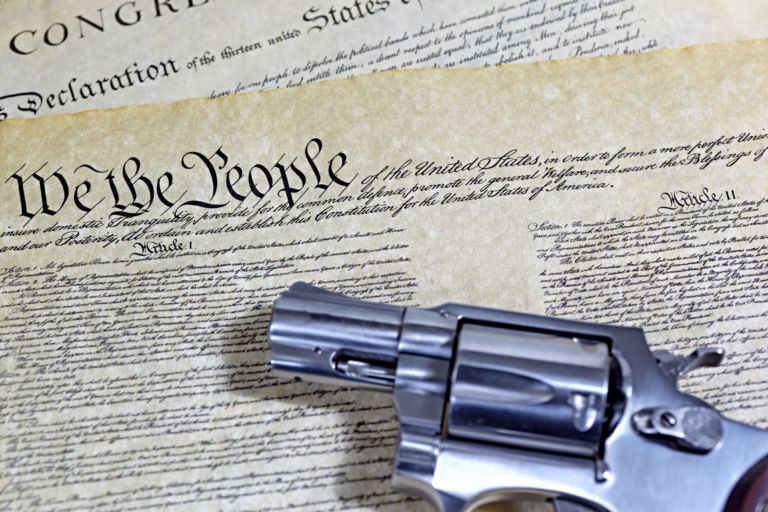Charles Fain Lehman writes for City Journal about new research related to American crime.
In 2015 and 2016, the coincidence of a major surge in homicides following mass protests over the police killing of Michael Brown in Ferguson, Missouri, prompted a heated debate about whether the demonstrations, and the anti-police hostility they engendered, helped cause the murder spike. Law enforcement leaders and some public commentators—including City Journal contributing editor Heather Mac Donald—identified a “Ferguson Effect,” whereby public scrutiny reduced police proactivity and led to an increase in violent crime. …
… The more-recent study, just published in the Journal of Public Economics by university economists Cheng Cheng and Wei Long, looks at the effect of Brown’s death on police activity and crime on a week-to-week level in St. Louis (which is near Ferguson), and on a month-to-month level in 60 big cities. …
… Their findings manage somehow to be both unsurprising and shocking. In the immediate aftermath of Brown’s death, self-initiated arrests fell 62 percent. Similar declines are seen across nine out of 11 categories of self-initiated activities, including foot patrol (down 82 percent) and pedestrian checks (76 percent). Notably, the decline in arrests is concentrated among misdemeanor arrests (more discretionary than felonies) and among arrests of blacks (rather than whites). This reduction in police activity persisted for at least the next two years. In the same period, the city experienced a significant rise in homicide and aggravated assault.
The multicity analysis shows a similar pattern. …
… Cheng and Long’s observations are consonant with a drop in police activity and an increase in violent crime following the events in Ferguson. But what about the effects of officer-involved fatalities in general? A second study, by Deepak Premkumar of the Public Policy Institute of California, compares arrest patterns among police departments in 52 cities that experienced high-profile shooting incidents to 2,688 police departments that did not—and comes to a similar conclusion.


